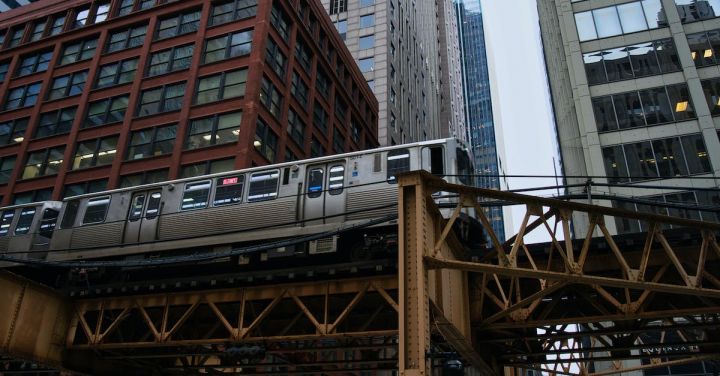In the world of transportation, trains have long been a reliable and efficient mode of travel. However, with recent advancements in technology, a new era of train travel is on the horizon: automated trains. These cutting-edge machines are set to revolutionize the industry, offering numerous benefits and transforming the way we think about rail transportation.
One of the most significant advantages of automated trains is their enhanced safety features. With automated systems, the risk of human error is greatly reduced. Gone are the days of train accidents caused by tired or distracted operators. Instead, these trains rely on a complex network of sensors and algorithms to navigate the tracks with precision. This not only ensures the safety of passengers but also minimizes the potential for costly and damaging collisions.
In addition to improved safety, automated trains also offer increased efficiency. The precise control and optimization provided by their advanced technology allow for smoother acceleration and deceleration, resulting in reduced travel times. These trains can also operate at higher speeds, allowing for faster journeys and greater productivity. This increased efficiency not only benefits passengers but also has a positive impact on the environment, as fewer trains are required to transport the same number of people or goods.
Furthermore, automated trains have the potential to revolutionize the way we think about public transportation. Traditionally, trains have been limited by fixed schedules and routes. However, with automated systems, trains can adapt to changing demand in real-time. This means that trains can run more frequently during peak hours and adjust their routes to accommodate specific needs. This flexibility not only improves accessibility for passengers but also makes public transportation a more attractive option for commuters, reducing traffic congestion and air pollution in the process.
In addition to their practical advantages, automated trains also offer a unique and futuristic travel experience. Passengers can enjoy a smooth and comfortable ride, free from the jerks and bumps often associated with traditional trains. The absence of a human operator also allows for greater customization and personalization. Passengers can control the temperature, lighting, and entertainment options in their individual compartments, creating a truly personalized journey.
Of course, with any new technology, there are challenges to overcome. One of the main concerns surrounding automated trains is the potential loss of jobs for train operators. However, it is important to remember that technological advancements have always brought about shifts in the job market. While some positions may become obsolete, new opportunities will arise in areas such as maintenance, programming, and system monitoring. Ultimately, the benefits of automated trains far outweigh the potential drawbacks.
In conclusion, automated trains are set to revolutionize the rail transportation industry. With their enhanced safety features, increased efficiency, and flexibility, they offer numerous advantages over traditional trains. Furthermore, they provide a unique and futuristic travel experience for passengers. While there may be challenges to overcome, the potential benefits of automated trains cannot be ignored. As we embark on this new era of rail travel, it is clear that automated trains are a game-changer for the industry and a step towards a more efficient and sustainable future.
